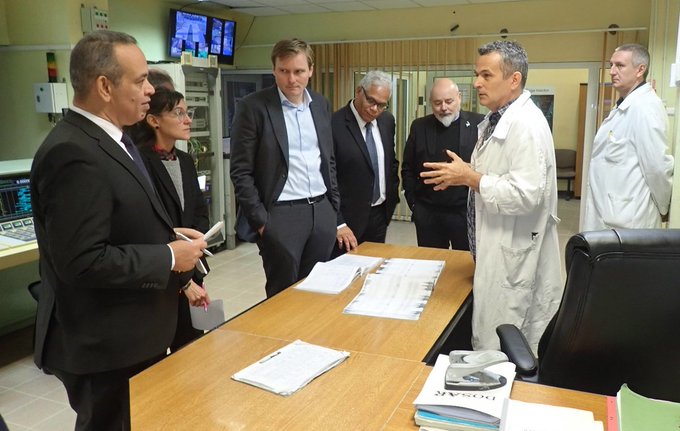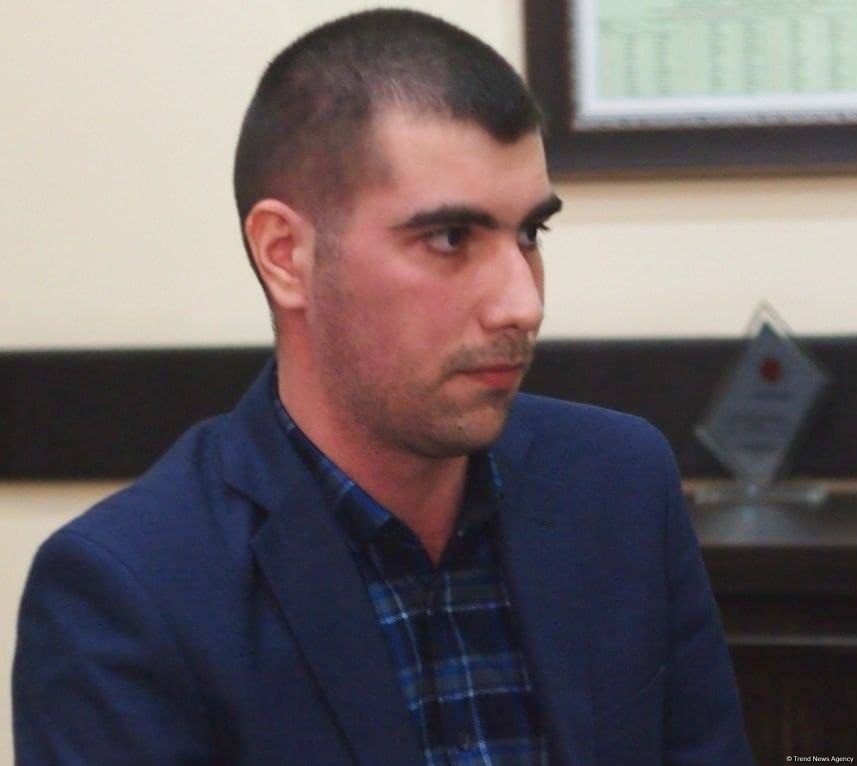BAKU, Azerbaijan, October 8. An International Atomic Energy Agency (IAEA) team of experts this week said the Institute for Nuclear Research (ICN) – the operator of the TRIGA MARK II research reactor in Pitesti, Romania – had continued to improve safety of the reactor by strengthening maintenance, implementing refurbishment and modernization of systems and components, and ensuring safety of experiments, Trend reports.
The team also found the need for further safety improvements to the reactor’s organizational structure, ageing management, and operating rules and procedures.
The seven-day Integrated Safety Assessment of Research Reactors (INSARR) mission was requested by ICN and the National Commission for Nuclear Activities Control (CNCAN), Romania’s nuclear regulatory authority. The mission team comprised four experts from Argentina, Canada, France and the Netherlands, as well as two IAEA officials.
The team visited the reactor and its associated facilities and met with ICN staff and CNCAN officials. The mission, which concluded on 7 October, covered the organizational and management arrangements in place and reviewed technical areas, including safety analysis, operation and maintenance programmes, ageing management, radiation protection, safety of reactor experiments and modifications, and emergency planning.
The reactor is used for radioisotope production, fuels and materials testing, research, and education and training. Since it became operational in 1980, the TRIGA MARK II reactor in Pitesti went through major modifications and refurbishments, including core fuel conversion from high enrichment uranium (HEU) to low enriched uranium (LEU) in 2006, modernization of the instrumentation and control system in 2009, and refurbishment of cooling systems in 2019.
The reactor has undergone three IAEA INSARR missions in 1992, 2002 and 2011 and is currently permitted to operate until the end of 2027. By then, the ongoing periodic safety review of the reactor is planned to be completed, after which a decision may be taken to permit reactor operation till 2035.
“By regularly requesting INSARR missions, ICN has already shown commitment to continued safety improvement,” said Amgad Shokr, mission team leader and Head of the IAEA’s Research Reactor Safety Section. “In addition to the identification and implementation of measures addressing the implications of the long operating period of the reactor, the ongoing periodic safety review is another opportunity for ICN to align its procedures and practices with the IAEA safety standards.”
The INSARR team observed that the management system, as well as activities and procedures related to maintenance, operational radiation protection, modifications and experiments, and emergency planning, were implemented in line with the IAEA safety standards.
The INSARR team made recommendations and suggestions for further improvements, including the need for:
- Strengthening the organizational structure for reactor operation by clarifying roles and responsibilities with respect to safety, enhancing the coordination of the maintenance activities and improving the functioning of the safety committee;
- Strengthening training and certification procedures by expanding them to cover all staff performing activities important to safety;
- Finalizing the development and implementation of a systematic ageing management programme covering all the reactor’s structures, systems and components; and
- Strengthening the operational rules by improving their clarity and ensuring their alignment with the results of the ongoing review of the safety assessment.
“We strive to continuously improve safety in accordance with the IAEA safety standards,” said Silviu Stanciu, Manager of the TRIGA MARK II reactor. “The INSARR mission provided us with valuable recommendations for further improvement, and we are committed to implementing them.”
The IAEA understands that the ICN will make the results of this mission publicly available and plans to request a follow-up INSARR mission in 2027.







